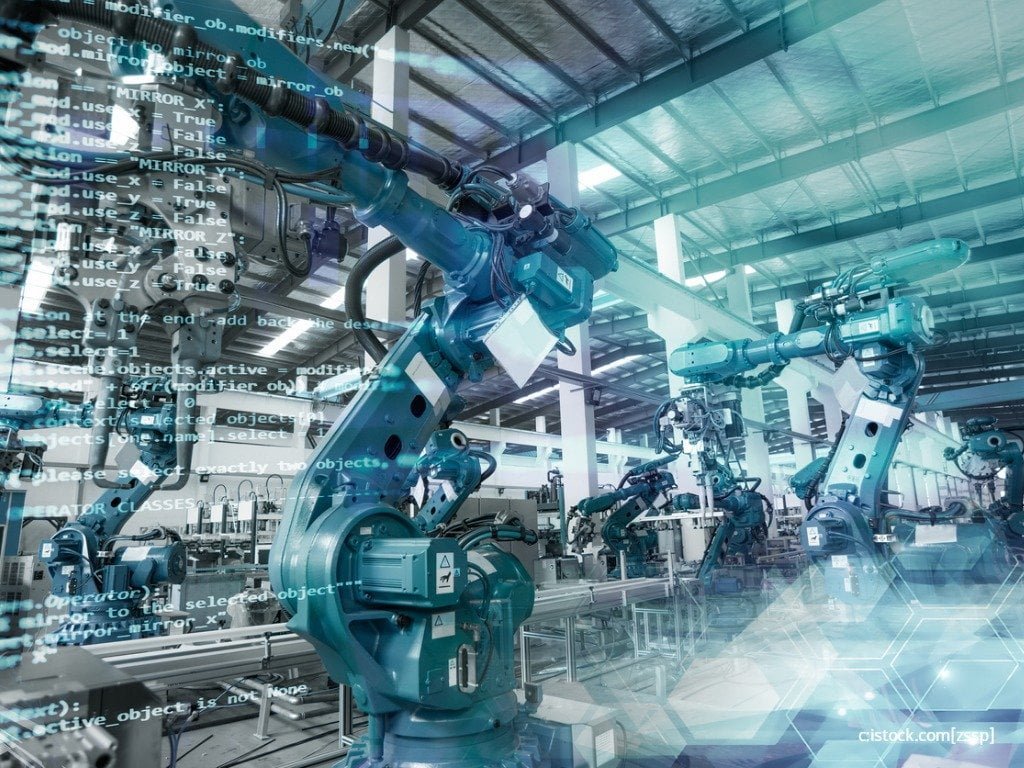Manufacturing automation relishes a golden era of technological progression, and consumer robotics may not be far behind. Robots, as we know, have transformed the industrial and manufacturing world in the latest times. And today, they are beginning to make their move into the broader world of business.
We are now in 2019, and all emblems specify that it will be a more superior year than ever for autonomous vehicles, artificial intelligence, and robotics. While robotic workers are now conventional in sectors, we should perceive progressively extensive adoption across various operations.
Trends to Keep an Eye on
Believe it or not, robotics will remain as it transforms manufacturing in several ways. Here are eight of those transformations that we will all see:
Trend 1. Becoming Ordinary in Our Homes
Aside from robotic vacuum cleaners, the notion of home support robots has been gentle to take off so far. From robots aimed to feed, care for, and play with babies, to robotic companions for the old, the seeming applications are abundant. This breakthrough comes in reality when providers have analyzed real-world data on what the people want and don’t want from robots.
Trend 2. Robots as a Service
Through delivering greatly compliant robotic solutions for rent, providers empower companies to prevent substantial capital investments in robotics automation. Today, people take advantage of the benefits robotics systems can provide every business in the world. Some of these gains include reduced costs and increased productivity. At the same time, service providers can keep up and invest in with the most recent technologies, while thinning out their expenses over various users.
Trend 3. Cobots Grow in Popularity
Robotic automation has been an innovative technology in both the industrial and manufacturing sector. However, it is still poised to revolutionize the industry over the next couple of years. Cobots, or collaborative robots, work securely alongside humans, and they are often way cheaper than their manufacturing equivalents. As they become more adept in tough industrial circumstances, they will grasp more significant implementation by numerous manufacturers.
Trend 4. Sensors Make Robots Safer for Humans
Besides the robots that work securely among human workers, more powerful robots characteristically stay within bounded work cells while humans remain a safe distance.
One company that leads the way in making robots safer for people places 3D sensors around the robots. With the sensors, the machines can use software to create depictions of the scenes that surround them. The software detects objects and makes approximations about the paths of moving things, counting humans.
Trend 5. Cloud-Based Analytics
Today’s robots are not necessarily intended for a singular purpose. Thanks to innovative technologies like the cloud, this hardware can link to other machines, both inside the same place and remotely. Through this, the robots get to acquire new functionality, implement preventive repairs, and validate functionality.
Trend 6. Delivery Robots Becoming a Certainty
Robotic delivery devices are leaned to unravel the last mile problem intrinsic to delivery operations. This operation is where many small, separately packed products must be accurately directed to reach their destinations intact and on time.
Some robots today are intended to work in large indoor settings, while others will take to the streets to transport hot food as well as fresh groceries. Of course, there are also those robots that work for the delivery of parcels through airborne drone delivery.
Trend 7. Robots on the Edge of Reality
Robots formed ideal platforms for edge computing, wherein machines encounter the real-world situations they are created to influence. We can anticipate witnessing signs of progress in smart sensors (inbuilt artificial intelligence), dropping the necessity for information to be transported to the cloud or centralized servers for processing.
Trend 8. Enhanced Robotic Exoskeletons
Robotic exoskeletons that people wear aren’t new. However, many of the other repetitions of the idea restricted workers’ movement, as they had to stay connected to power sources. The first battery-powered full-body industrial robotic exoskeleton will be publicly accessible some time in 2020, giving the wearers a 20-to-1 strength intensification.
Takeaway
It’s thrilling to witness the field of industrial robotics take shape. Much like their human counterparts, the future generation of automated workers can be proficient in various tasks and responsibilities around the workplace. From their primary roots on the assembly line to innovative applications in and outside of the factory, industrial robots will remain as they create momentous development.
Related Articles
Big Data Technology and Robotics
How Mobile Apps Are Transforming the Manufacturing Industry




Leave a Reply